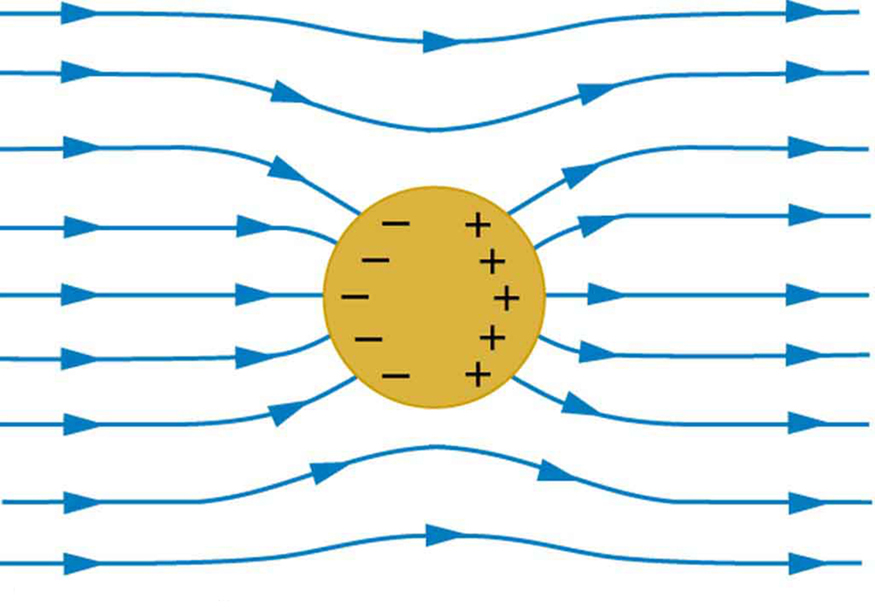
Calculate electric field strength given distance and voltage.Derive an expression for the electric potential and electric field.Describe the relationship between voltage and electric field.(a) What energy in keV is given to the electron if it is accelerated through 0.400 m? (b) Over what distance would it have to be accelerated to increase its energy by 50. An electron is to be accelerated in a uniform electric field having a strength of 2.00 × 10 6 V/m.What is the electric field strength between the plates? A doubly charged ion is accelerated to an energy of 32.0 keV by the electric field between two parallel conducting plates separated by 2.00 cm.

Find the maximum potential difference between two parallel conducting plates separated by 0.500 cm of air, given the maximum sustainable electric field strength in air to be 3.0 × 10 6 V/m.(a) What is the electric field strength between them, if the potential 8.00 cm from the zero volt plate (and 2.00 cm from the other) is 450 V? (b) What is the voltage between the plates? Two parallel conducting plates are separated by 10.0 cm, and one of them is taken to be at zero volts.(Membranes are discussed in some detail in Nerve Conduction-Electrocardiograms.) What is the voltage across an 8.00 nm–thick membrane if the electric field strength across it is 5.50 MV/m? You may assume a uniform electric field. Membrane walls of living cells have surprisingly large electric fields across them due to separation of ions.Membranes are discussed in Capacitors and Dielectrics and Nerve Conduction-Electrocardiograms.) You may assume a uniform electric field. What is the electric field strength? (The value is surprisingly large, but correct. The voltage across a membrane forming a cell wall is 80.0 mV and the membrane is 9.00 nm thick.(a) Will the electric field strength between two parallel conducting plates exceed the breakdown strength for air (3.0 × 10 6 V/m) if the plates are separated by 2.00 mm and a potential difference of 5.0 × 10 3 V is applied? (b) How close together can the plates be with this applied voltage?.How far apart are two conducting plates that have an electric field strength of 4.50× 10 3 V/m between them, if their potential difference is 15.0 kV?.What is the potential 1.00 cm from that plate (and 3.00 cm from the other)? (a) What is the potential difference between the plates? (b) The plate with the lowest potential is taken to be at zero volts. The electric field strength between two parallel conducting plates separated by 4.00 cm is 7.50 × 10 4 V/m.What is the strength of the electric field between two parallel conducting plates separated by 1.00 cm and having a potential difference (voltage) between them of 1.50 × 10 4 V?.


The magnitude of the force on a charge in an electric field is obtained from the equation F = qE.į = (0.500 × 10 −6 C)(6.25 × 10 5 V/m) = 0.313 N.


 0 kommentar(er)
0 kommentar(er)
